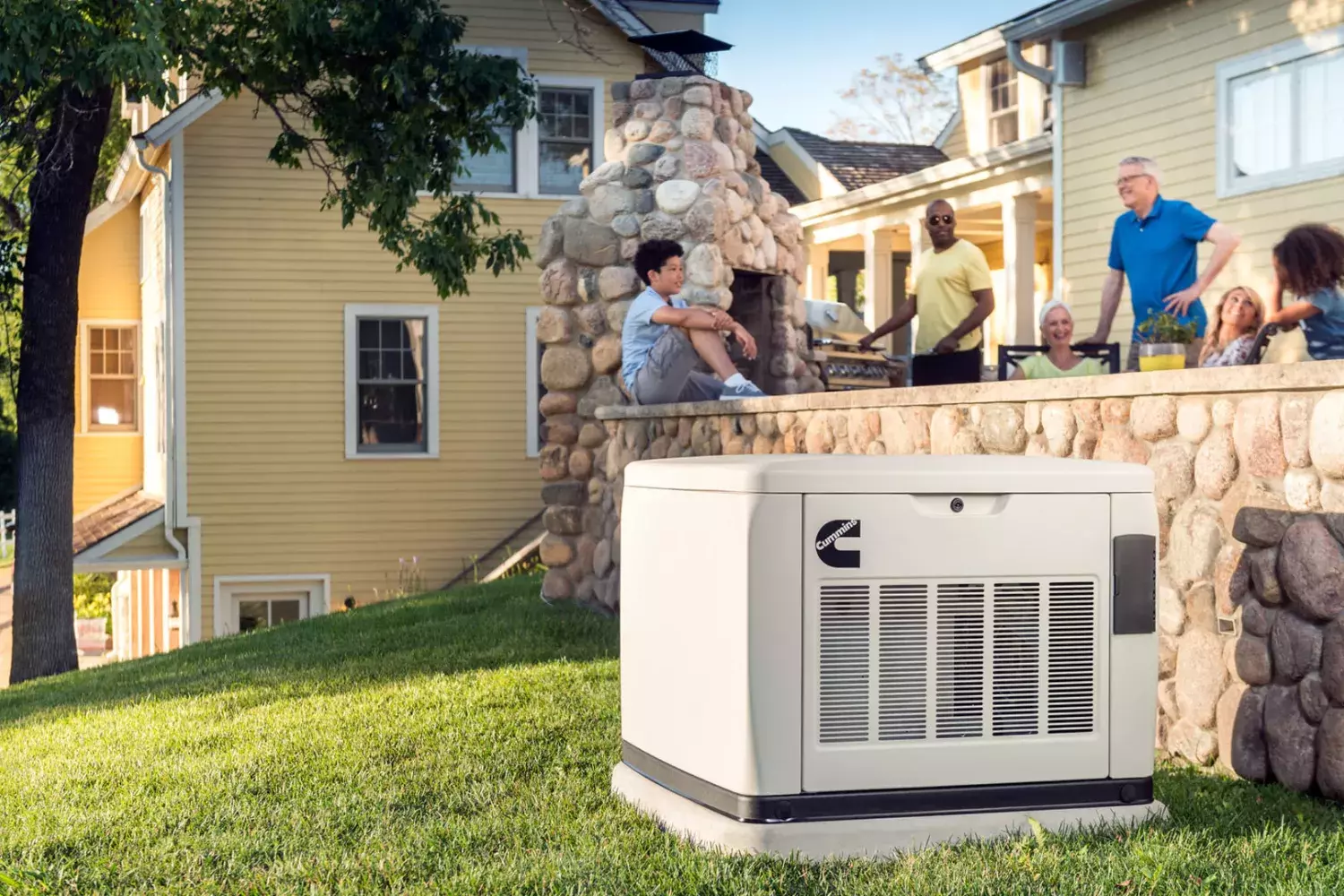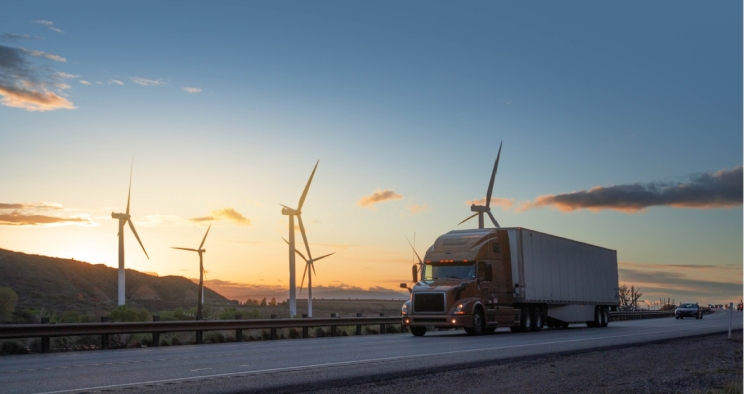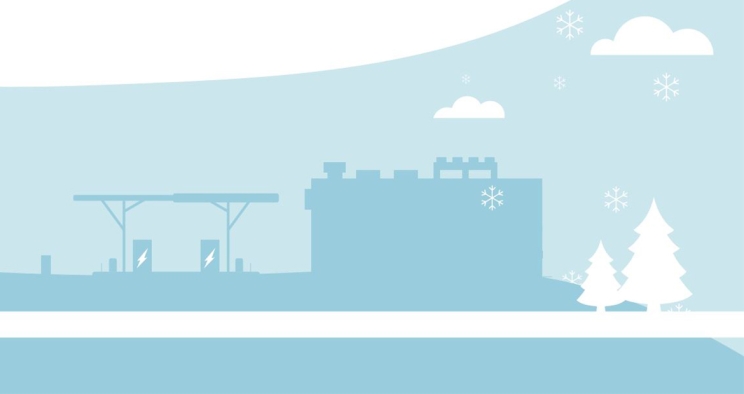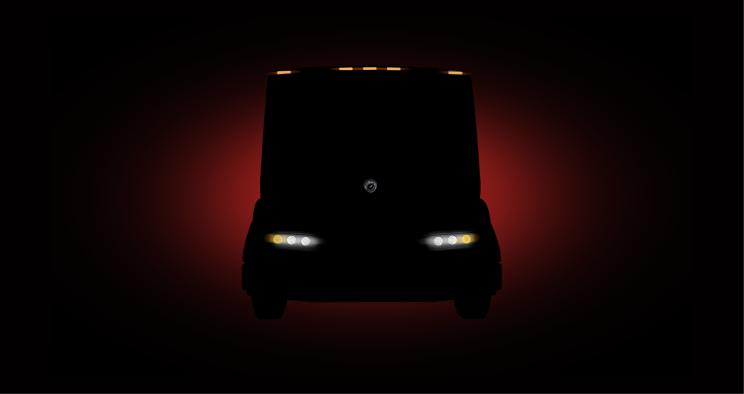Electricity Generation
What is electricity?
Ben Franklin began exploring electricity using a metal key attached to a kite during a thunderstorm—not a safe activity by today’s health and safety standards.
His theory was that storm clouds hold static electricity, and that lightnings are discharges of static electricity. Lightning would strike the key and electrify it, demonstrating that lightning and electricity are the result of the same phenomenon. He had the right idea, that lightning is the result of electrons traveling from the clouds to the ground, but he lacked the scientific concepts to fully express that idea.
His mantle was taken up and the 19th century saw rapid progress in electrical science, electrical engineering, and power generation technology.
Electricity pioneers such Alexander Graham Bell, Nicolas Tesla, Werner von Siemens, and many more helped turn electricity from a scientific curiosity into an essential part of life. Some of those pioneers created industrial empires in the process. Among them are Thomas Edison and George Westinghouse. Edison and Westinghouse were also the lead actors in one of the most fascinating episodes of engineering history: the war of the currents. We’ll come back to that.
Electricity is a form of energy and consists of a flow of electrons in a conductive material.
Electrons are particles that are negatively charged and surround the atom. The nucleus of an atom contains positively charged particles called protons and particles with no charge called neutrons. Normally, an atom can only have as many electrons as it has protons. So, when the flow of electricity bumps an electron onto another atom, that is one too many electrons for the receiving atom. So, another electron is bumped to yet another atom. This is how electricity flows.
How is electricity made?
Electricity is generated by machines that are designed to set the flow of electrons in motion and to maintain that flow. This is usually done by, well, electric generators. There are other ways to generate electricity. Solar panels and batteries are other ways.
A generator requires a spinning motion, usually provided by some kind of turbine or engine. The spinning motion is transferred to the rotor of the generator. Inside the generator, the rotor creates a magnetic field. When the rotor rotates, the magnetic field rotates too. The rotating magnetic field excites the electrons in the copper conductors that are located in the static part of the generator, and this is what creates the flow of electricity. You can think about it as the magnetic field nudging electrons in the stator until they start moving. The flow of electricity is channeled through the copper conductors out of the generator, into electric wires, and out of the power plant.
Where does electricity come from?
Let’s answer this question this backward.
Flick a switch in your home and the light turns on. We do this tens of times every day without thinking about what happens exactly, or about what kind of electrical system makes it possible.
Let’s backtrack the flow of electricity for a moment. Electricity enters your home at the electrical panel through a service entrance. The service entrance connects to the low voltage cables on the overhead power lines, which themselves connect to a pole-mounted transformer. The pole-mounted transformers connect to medium voltage overhead lines, and to what is known as the distribution network, which connects local electricity users within a certain area.
The distribution network connects to the transportation network via a substation. The transportation network consists of high and very high voltage power lines designed to transfer large amounts of electricity over vast distances. These power lines lead to power plants, where the electricity is produced.
Think of electricity current like water flowing through a pipe. At the beginning of the pipe, maybe hundreds of miles away, the water pressure is extremely high. As it comes closer to neighborhoods and homes, the pressure is reduced to more manageable pressures. This is why at each step along the way there are substations and transformers that reduce the voltage of the electricity.
What is renewable electricity?
Renewable electricity is simply the electricity generated using renewable energy sources. Solar, wind and hydro are three of the most popular ways to generate renewable electricity.
Demand for renewable electricity has been on the rise for two key reasons. The first is the affordability. Solar panels and wind turbines have become better and cheaper over the years. The second reason is around environmental concerns. The tolerance for the emissions associated to fossil power plants is rapidly declining. This drives the trend in replacing fossil power plants with renewable energy resources.
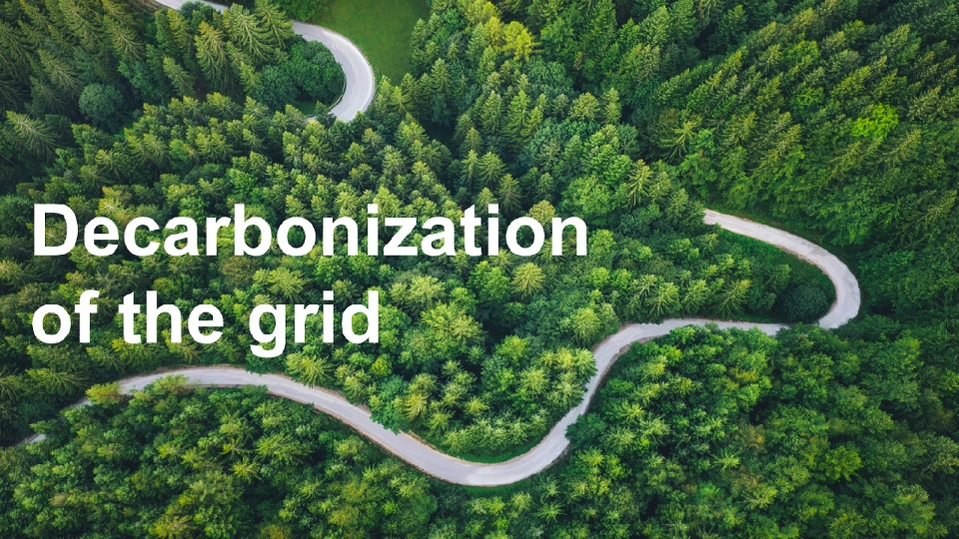
What are AC and DC electricity?
Alternative current (AC) and direct current (DC) are two different ways that electricity current can flow in a circuit.
DC flows at a constant rate and always in the same direction. AC flows at a variable rate, and the direction of its flow changes frequently.
When we say that our electricity supply in North America is 60 Hz, it means that the direction of the AC flow changes 60 times per second. Think of AC as a crankshaft in a sporty, fast race car. It has multiple cylinders pushing the crank shaft to move the car but the cylinders are not pushing the crankshaft at the same time. Together they propel the car and that movement feels like constant motion.
Now think of DC as a hand drill. The drill brings constant motion, constant power, to whatever task it is doing.
In the early days of electrification, DC and AC were both seen as valid ways to generate, transport, distribute and consume electricity. This takes us back to Edison and Westinghouse.
Edison envisioned an electrical system based on DC electricity. Westinghouse was supporting the development of an AC system. The problem for them was that AC and DC systems are mutually exclusive—so one had to prevail and the other had to lose. This resulted in a bitter rivalry that went down in the annals of history.
Eventually, AC became the dominant type of electricity because it was much easier to transport and distribute efficiently, from power plants, to substations, to homes and businesses.
Fragments of Edison’s DC electrical system remained in New York City well into the 20th century, serving for example old buildings that had DC elevators or the subway system, whose trains were also running on DC. The last DC service customer in Manhattan, a building on 40th Street, was disconnected as late as 2007.
Interestingly, DC transmission lines are making a comeback in certain applications. They are, for example, a common choice for the undersea cables that carry the electricity generated by offshore wind farms back to land. The reason that DC lines can connect to the AC network is that we now have power electronics that can convert electricity between DC and AC with minimal losses—power electronics hadn’t been invented in the 19th century, so Edison and Westinghouse didn’t have that option.
AC, DC and renewable electricity
Interestingly, the rise of renewable energy from solar and wind resources is driving a regain of interest for DC electricity. There are several reasons for this.
The first reason is that DC tends to be a good choice for the undersea cables that carry the electricity generated by offshore wind farms back to land. These DC connections are sometimes known as HVDC lines, as in High Voltage DC lines.
Another reason is the fact that PV panels can only produce DC electricity.
The third reason is the result of the increased use of utility scale battery energy storage systems, which are often built along with PV panels to help mitigate their variability, and, like PV panels, can only produce DC electricity. All of these DC elements are connected to the broader electrical network, which has AC electricity, using power electronics that can convert electricity between DC and AC with minimal losses.
Power electronics hadn’t been invented in the 19th century, and unfortunately for Edison and Westinghouse, that option wasn’t available for them to reconcile.

